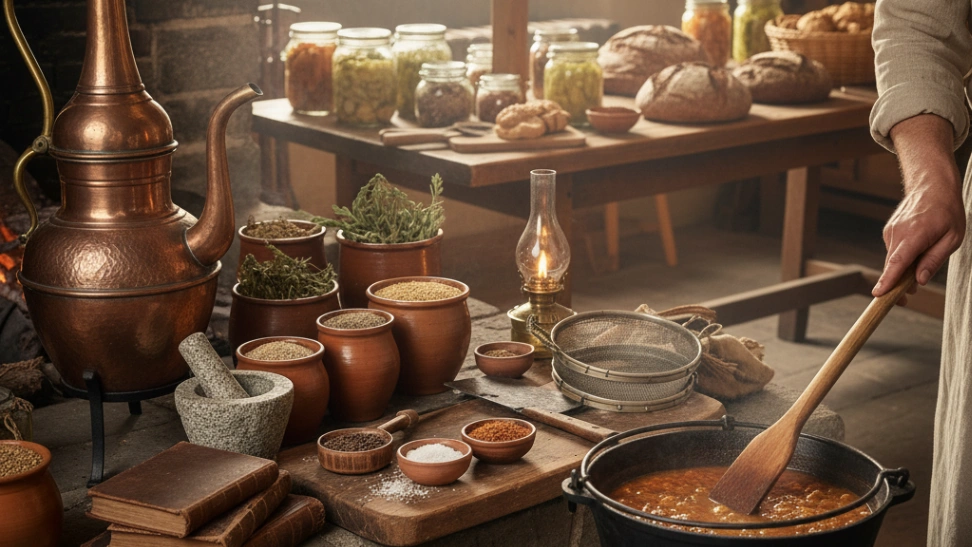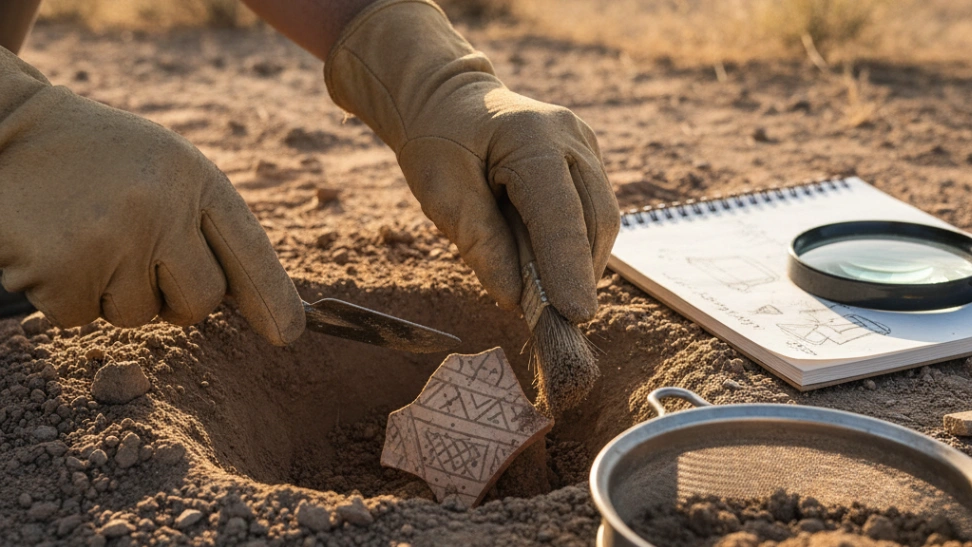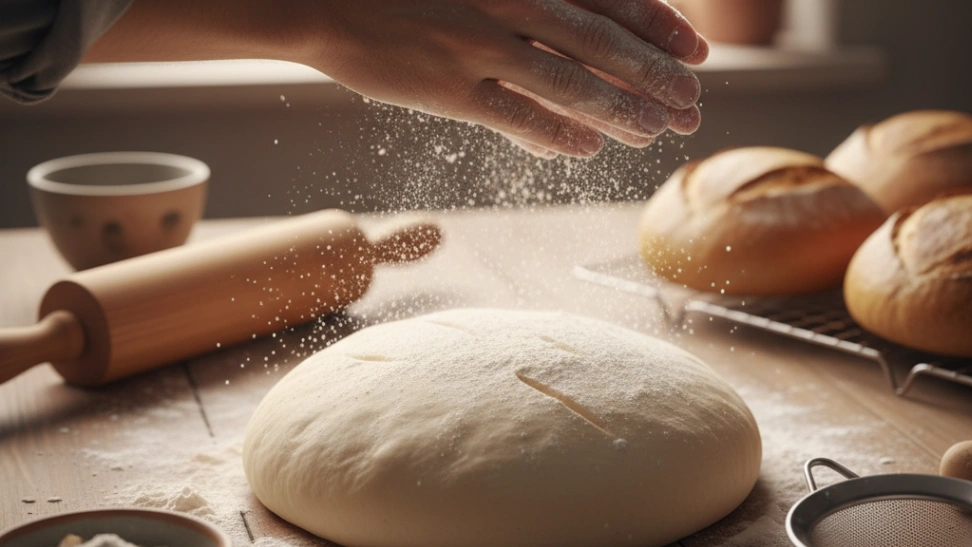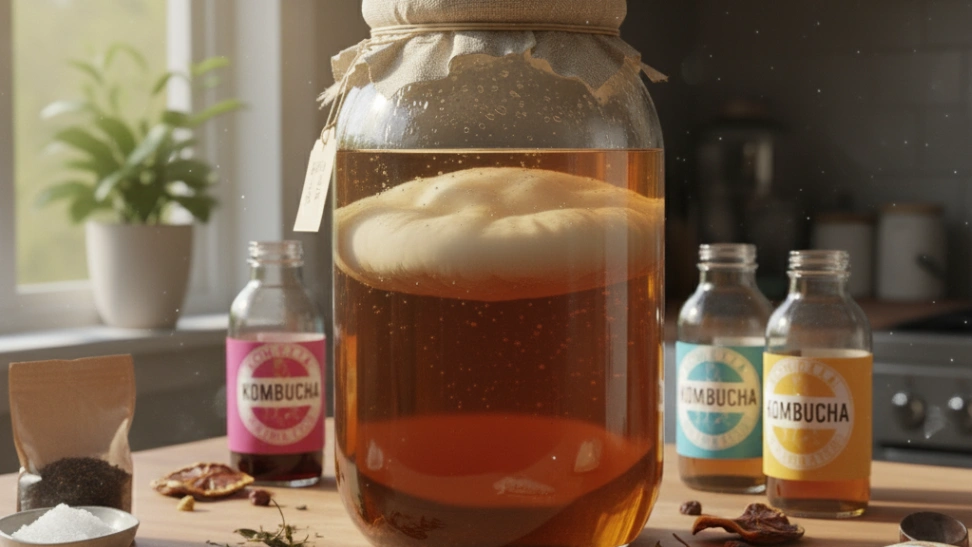The roots of historical cooking as a dedicated hobby are as old as a human fascination with the past. While people have always cooked traditional dishes passed down through generations, the intentional pursuit of recreating historically accurate meals began to formalize with the rise of historical societies, academic culinary studies, and living history movements in the 19th and 20th centuries. Early pioneers, often scholars or dedicated food historians, painstakingly translated ancient texts, deciphered old cookbooks, and analyzed archaeological findings to understand forgotten foodways. This academic groundwork laid the foundation, but it was the increasing accessibility of primary sources through digitization and the growth of online communities that truly democratized the hobby. Suddenly, anyone with a keen interest could access medieval manuscripts, Victorian recipe books, or Roman culinary treatises, opening up a vast, delicious archive for exploration. The interest isn't just in the taste, but in the entire process – understanding the constraints, the flavors, and the societal context that shaped these dishes. It represents a living, breathing connection to historical periods, offering insights far beyond what static texts can provide. This journey into the past through gastronomy also highlights the ingenuity of past cultures in making the most of available resources and the often surprising sophistication of their culinary techniques, long before modern conveniences. It's a testament to how food has always been central to human experience, identity, and celebration across every epoch.
Engaging in historical cooking involves more than just following instructions; it’s a robust exercise in detective work and experimental archaeology. The process often begins with rigorous research, poring over ancient cookbooks, household ledgers, archeological reports, and even literary descriptions to unearth authentic recipes and understand the food culture of a chosen period. Recipes from the past can be notoriously vague, lacking precise measurements or cooking times, forcing the modern historical cook to interpret, experiment, and extrapolate based on historical context and ingredient availability. Sourcing authentic ingredients can be a significant challenge and a rewarding part of the journey. For example, recreating a Roman garum or a medieval pottage might require hunting down specific types of fish, heirloom vegetables, or forgotten spices. Many enthusiasts also delight in using period-appropriate tools, from clay pots and open hearths to hand grinders and wooden utensils, further immersing themselves in the historical experience. This dedication to authenticity ensures that the resulting dish isn't just a meal, but a meticulously reconstructed piece of edible history.
The scope of historical cooking is incredibly broad, offering endless avenues for exploration. One might focus on a specific region, such as Renaissance Italy or Colonial America, delving deep into its culinary traditions. Others might trace the evolution of a particular dish or ingredient, observing how a simple concept transformed over centuries and across cultures. From the banquets of royalty to the humble meals of peasants, every aspect of historical gastronomy offers unique insights. Beyond personal enjoyment, many historical cooks share their findings and creations with a wider audience through blogs, social media, historical reenactments, and culinary workshops. This sharing aspect fosters a vibrant community, where knowledge and experiences are exchanged, and collective efforts push the boundaries of understanding. The hobby not only provides delicious and often surprising meals but also cultivates a deeper understanding of human history, economics, agriculture, and social structures, all through the accessible and universal lens of food. It's a continuous learning process, a never-ending culinary adventure.
Furthermore, the practice of historical cooking also offers a unique form of mindfulness and connection. In an era of instant gratification and pre-packaged meals, the deliberate, often slow process of preparing food using historical methods can be incredibly grounding. It forces a pause, requiring attention to detail, patience, and an understanding of natural rhythms – the way dough rises, the subtle changes in ingredients as they cook, the time it takes to properly roast over an open flame. This deliberate pace can be a meditative experience, drawing practitioners away from modern distractions and into a focused, sensory engagement with their craft. The joy isn't just in the final product, but in the journey of creation, the historical immersion, and the tangible link forged between past and present. It's a hobby that stimulates the intellect, engages the senses, and nourishes the soul, offering a profound appreciation for the rich tapestry of human culinary heritage.



